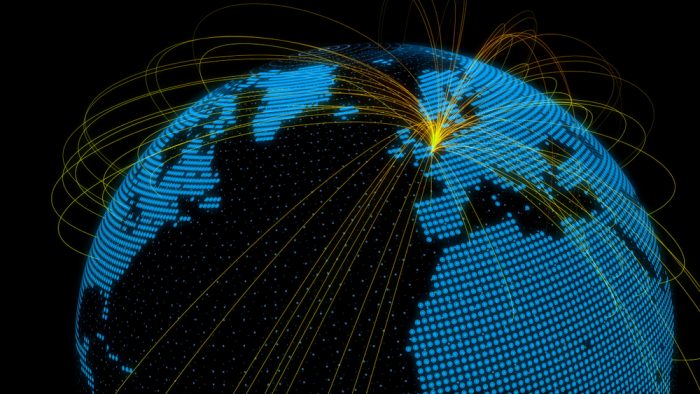In the second in our series of Geospatial guest blogs, we speak to Michael Powers, Technical Director, Geospatial Research and Engineering for the US Army.

GIS is becoming the basis of most decisions in-theatre and in HQ. How will GIS change the way generals and soldiers make decisions? Which parts of the defence organization will adopt it first and which last?
M.P: I believe GIS empowers Mission or Battle Command in two fundamental ways.
At a most basic level, GIS is designed to adroitly handle spatial positioning and spatial relationships of the environment and objects( e.g. units, vehicles, threats and actors) within the environment. In that at a minimum, Commanders want to know where they are, where the threat is and what is my relationsip/orientation between the two GIS is a reasonable foundation.
Once objects a placed in space (on the ground), GIS representations such as networks and graphs, facilitate the automation of object movements supporting predictive analysis. The resulting prediction (route) provides a relationship between the object, its location and a time window. This supports more complex Command tasks such as Course of Action Analysis, planning, wargaming, etc.
With the quantity of imagery and information growing every day, how do you see the defence geospatial intelligence function changing coping with its key tasks?
M.P: The rapid increase in the quantity of imagery within GEOINT, is not balanced by the same rate of growth in cartographic data. I fear that this is skewing how GEOINT is perceived. To be certain, imagery is extremely useful over a wide range of geospatial intelligence functions.
However, when one examines the type(s) of data Commanders are seeking to perform their Campaign or Mission Design, a strong feature data set will be required to balance the contextual foundation upon which their decisions are made. This opens new , untapped possibilities for GEOINT data beyond intelligence and analysis function to the operational staffs.
So, I do not believe we are at a point of equity between the two components comprising GEOINT. I believe the data explosion creates the contextual foundation common to all forces. Current programs and activities are quantitatively evaluating the value of geospatial data and information to create cognitive agility across Coalition partners in the conduct of operations. If affirmed, I believe the value placed in GEOINT will increase dramatically.
Human Terrain Analysis is quickly becoming a new buzzword in geoint. How do you see it helping the in-theatre operations? How has it affected your job?
M.P: The demand for spatial information regarding population, social and cultural landscapes is beginning to be articulated. MG Flynn, US G2 in ISAF, has written that he requires unfinished intelligence (i.e. data and information), so that Commanders and staffs can make decisions unencumbered by a process of prior analysis. It is also forwarded that our data, information and intelligence acquisition systems must evolve from a threat centric CONOPS to a system capable of gathering data and information that captures more general information regarding the population and the operating environment. This has two effects on the research we are investing in:
New capability for acquiring data and information at very high levels of fidelity. Technologies that easily support “soldier as sensor” data capture is essential. Closer examination of how to harne ss internet processes such as crowd sourcing, neo- and qualitative geography methods offer collection of needed data as well.
The explosion of data available demands that we develop data, meta-data and semantic relationships between the data and information needs of a decision maker, providing relevant and sufficient products as opposed to creating data overload. New methods and schemas for storing and retrieving data will evolve beyond traditional queries defined by spatial boundaries.
Form central tenets of a supportive Commander Centric Geospatial Enterprise. The proliferation of users, acquisition systems and the emergence of network concepts, demand that our community be more precise.
There are probably separate underpinnings to sub-components of the larger geospatial enterprise, one for each user base:
- geo-creation,
- analysis,
- Commanders and
- imagery community.
If you had a magic wand and could change only one thing in the way geoint world operates, what would you do?
M.P: I would place more emphasis on the expanded collection of cartographic features, physical and human environments and the methods to ensure topologically “clean” data.







